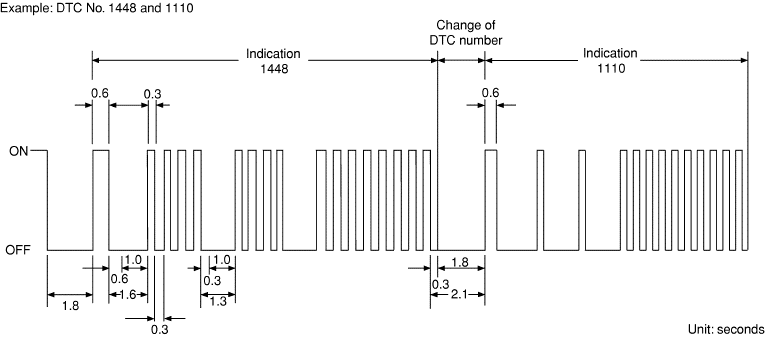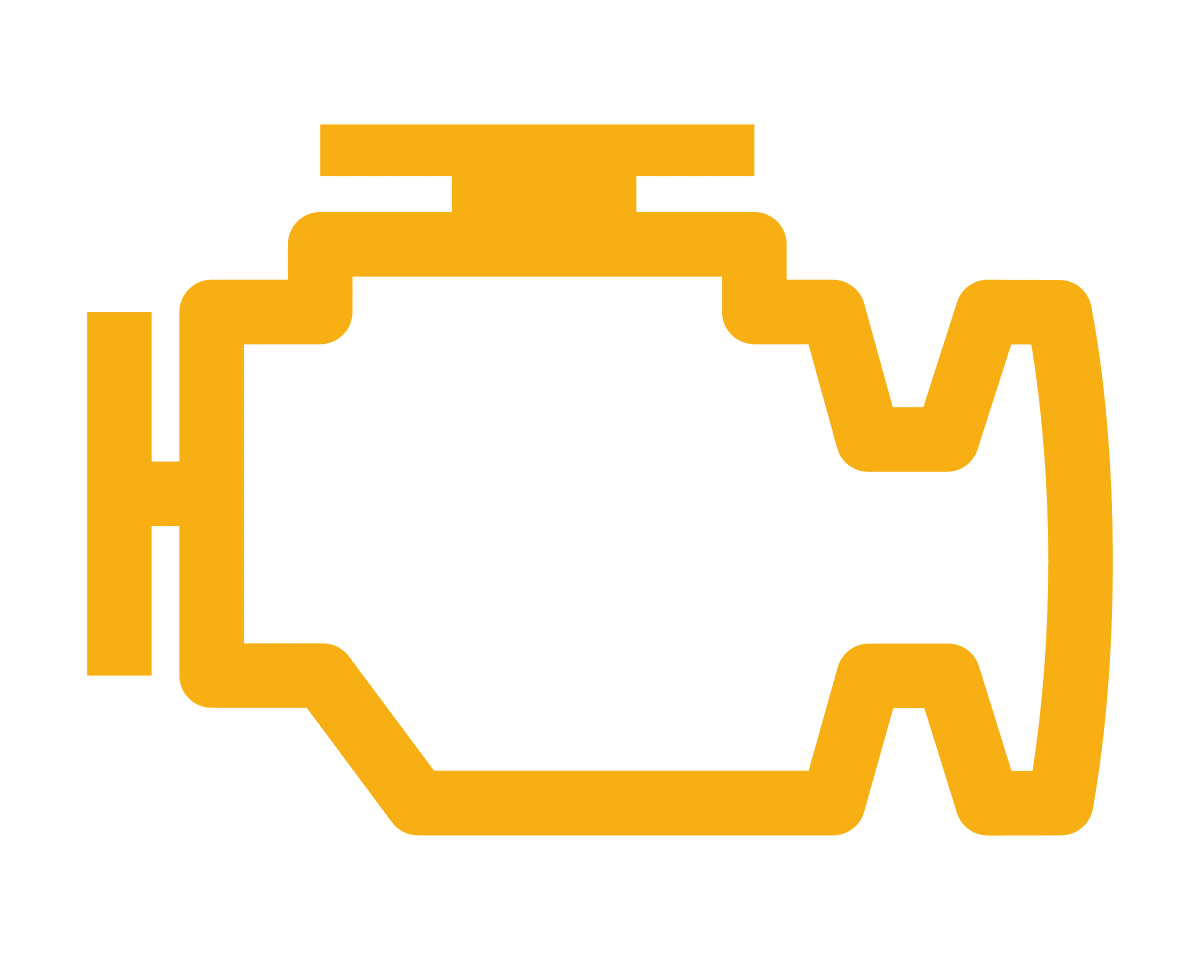Nissan Error Codes
- NISSAN Error Code List
- Engine Control Module - ECM
- What does the Engine Light mean?
- Reading Codes without a Scan Tool
Here we have compiled a list of common Nissan error codes. The codes are listed in numeric order and you can click on thecorresponding code to read the possible cause, symptoms and fixes. We may even have the part required to fix the issue available in our store for purchase.
NISSAN OBDII Error Codes
What is the Engine Control Module?
The Engine Control Moduel (ECM) has an on board diagnostic system, which detects malfunctions related to engine sensors or actuators, italso records various emission-related diagnostic information.
The malfunction indicator lamp (MIL) on the instrument panel lights up when the same malfunction is detected in two consecutive trips (Two trip detection logic), or when the ECM enters fail-safe mode.
What the Light Means
The check engine light is part of your car’s so-called onboard diagnostics system. Since the 1980s, computers increasingly have controlled and monitored vehicle performance, regulating such variables as engine speed, fuel mixture, and ignition timing. In modern cars, a computer also tells the automatic transmission when to shift.
In addition to turning on the light—known as the International Check Engine Symbol—the computer stores a “trouble code” or “error code” in its memory that identifies the source of the problem, such as a malfunctioning sensor or a misfiring engine. The code can be read with an electronic scan tool or a diagnostic computer—standard equipment in mechanic shops. There are also a number of relatively inexpensive code readers that are designed for do-it-yourselfers.
The code will typically just point you in the direction of the problem, and still requires an experienced professional to fully diagnose and repair the issue. With the cost of a shop performing a diagnosis costing a few $$$, many car owners are turning to the internet to find the cause and remedy. This can work in some instances, but when in doubt, seek professional help.
What to Do About the Check Engine Light
If the check engine light illuminates, it will either blink or remain constantly illuminated, depending on the problem. A blinking light, or in some cars a red light instead of a yellow or orange light, indicates a problem that needs immediate attention. Either way, you should have the vehicle checked by a mechanic.
In late-model cars, a blinking light usually indicates an engine misfire so severe that unburned fuel is being dumped into the exhaust system, where it can quickly damage the catalytic converter, leading to an expensive repair. If that happens, you should reduce power and have the car or truck looked at as soon as possible.
If the light is steady, the problem is not an emergency, but you should schedule an appointment as soon as possible. Today’s automotive computers often try to compensate when there’s a problem, so you might not notice deterioration in performance, even though your fuel mileage might be suffering and your vehicle emitting unacceptable levels of hydrocarbons and other pollutants.
It could potentially cost you more in the long run by leaving that light on and ignoring it, In some extreme cases, the car’s computer may reduce power for you as it tries to limit the risk of damage.
If the check engine light comes on, here are some tips on what you should do:
- Look for a serious problem that requires immediate attention. Check your dashboard gauges and lights for indications of low oil pressure or overheating. These conditions mean you should pull over and shut off the engine as soon as you can find a safe place to do so. On some cars, a yellow check engine light means investigate the problem and a red one means stop right now.
- Try tightening your fuel cap. This can often solve the problem. Keep in mind that it may take several trips before the light resets. Some vehicles have a separate indicator that warns of a loose fuel cap.
- Reduce speed and load. If the check engine light is blinking or you notice any serious performance problems, such as a loss of power, reduce your speed and try to reduce the demands on the engine. For example, it would be a good idea to stop towing a trailer. Have the car checked as soon as possible to prevent expensive damage.
- Use built-in diagnostic services, if available. Many modern cars have integrated remote diagnostic capabilities, with the ability to report on trouble codes and schedule a service appointment.
The first step to read the codes is setting the ECM in Diagnostic Test Mode II. Once the ECM is in Diagnostic Test Mode II, the “Service Engine Soon” warning light will start flashing. Count to flashes to determine the code.
A particular trouble code can be identified by the number of four-digit numeral flashes. The ‘zero’ is indicated by the number of ten flashes. The length of time the 1,000th-digit numeral flashes on and off is 1.2 seconds consisting of an ON (0.6-second) – OFF (0.6-second) cycle. The 100th-digit numeral and lower digit numerals consist of a 0.3-second ON and 0.3-second OFF cycle. A change from one digit numeral to another occurs at an interval of 1.0-second OFF. In other words, the later numeral appears on the display 1.3 seconds after the former numeral has disappeared. A change from one trouble code to another occurs at an interval of 1.8-second OFF. In this way, all the detected malfunctions are classified by their DTC numbers. The DTC 0000 refers to no malfunction.
How to read the engine codes without a Nissan CONSULT or scan tool. (Set ECM in Diagnostic Test Mode II)
1. Confirm that accelerator pedal is fully released, turn ignition switch ON and wait 3 seconds.
2. Repeat the following procedure quickly five times within 5 seconds.
a.Fully depress the accelerator pedal.
b.Fully release the accelerator pedal.
3.Wait 7 seconds, fully depress the accelerator pedal and keep it for approx. 10 seconds until the MIL starts blinking.
4.Fully release the accelerator pedal.
5.ECM has entered to Diagnostic Test Mode II (Self-diagnostic results).

How to clear the engine codes without a Nissan CONSULT or scan tool.
1. Set ECM in Diagnostic Test Mode II (Self-diagnostic results).
2. Fully depress the accelerator pedal and keep it for more than 10 seconds. The emission-related diagnostic information has been erased from the backup memory in the ECM.
3. Fully release the accelerator pedal, and confirm the DTC 0000 is displayed.
Note:If the battery is disconnected, the DTC will be lost from the backup memory within 24 hours.
Note:Be careful not to erase the stored memory before starting trouble diagnoses.

The NISSAN Navara Check Engine Light
Nissan Navara engine malfunction warning light. If illuminated it indicates that there is a malfunction within the engine and needs to be checked out. You can diagnose the Nissan Navara engine problems yourself by picking up a code reader which is compatible with the Nissan Navara & EBD2 plug.
